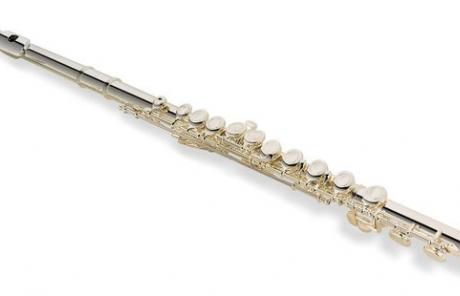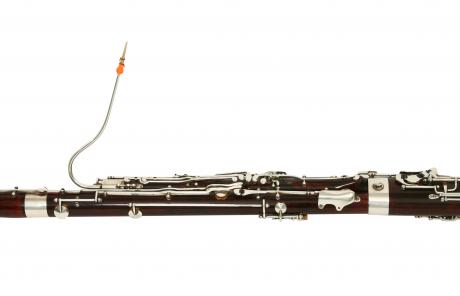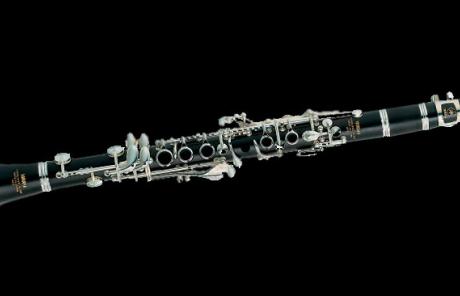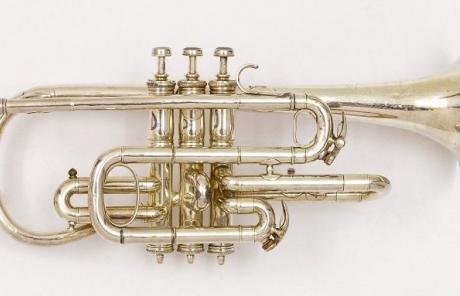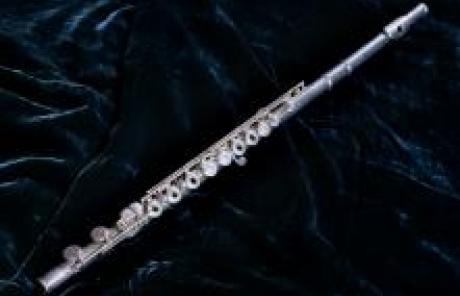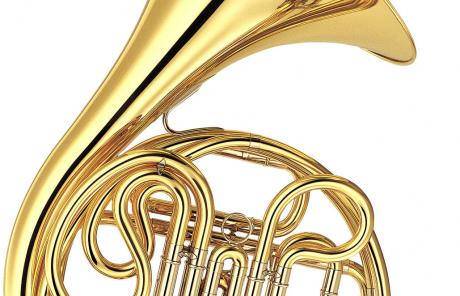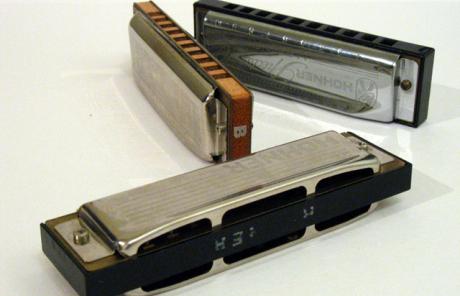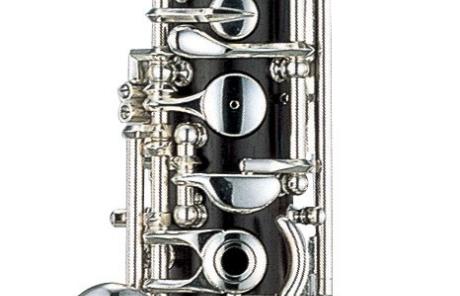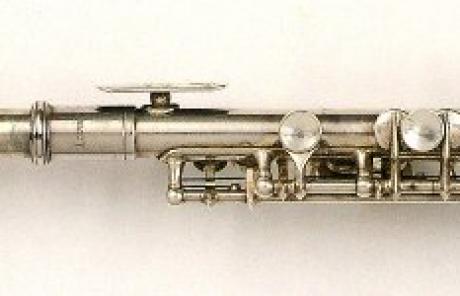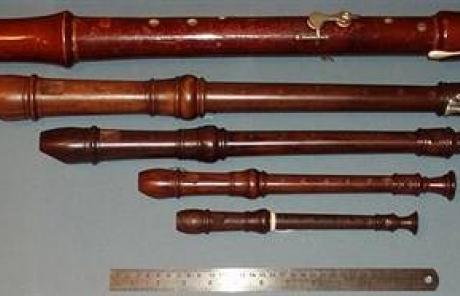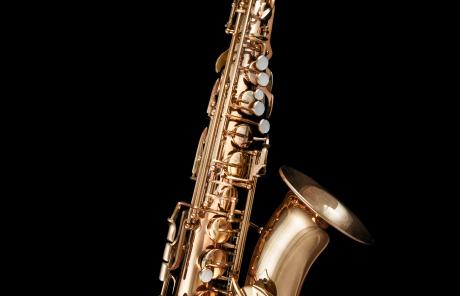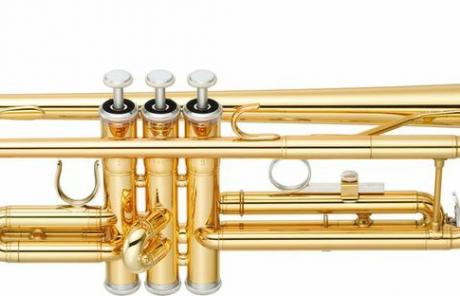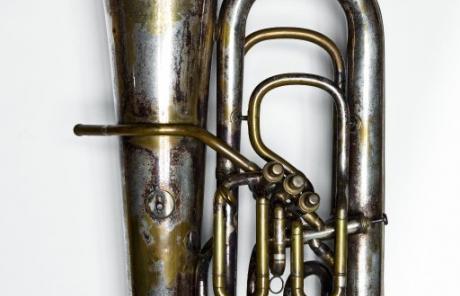Winds
It is difficult to specify the origin of wind instruments, but there are propositions that they could have appeared in prehistory when blowing bones or bamboo, men realized that they could emit sounds. In general, they are formed by a tube in which the column of air generates vibrations and the waves propagate. Generally, the larger the tube, the more lower the sound it produces. This family can be subdivided into woods, instruments originally made of wood, and brass.
A bit of history...
Wind instruments are quite old, having appeared in ancient cultures. Instruments similar to the flute, the most popular and oldest example of this family, have at least 40 thousand years of existence, being found in practically all cultures and on all continents.
Wind instruments were made from animal horns and bones, bamboo and, of course, wood. Over time, metals have gained importance in the manufacture of these instruments and even plastic is currently widely used in their construction.
Wind instruments also have great representation in the recent history of music. Present in musical styles such as jazz and choro, some of them refer to great icons of Brazilian music, such as the carioca Pixinguinha (1897-1973), one of the greatest flutist and saxophonist composers of the 20th century, and Joaquim Callado Jr. , composer and flutist, considered the father of choro.
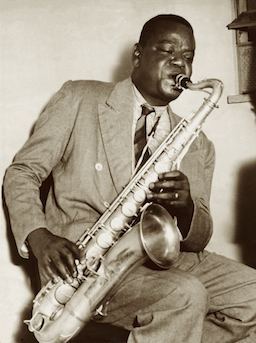

Pixinguinha and Joaquim Callado Jr.
How do they work?
Most wind instruments have holes or mechanisms that, when covered or having the keys tightened by the musician's fingers, modify the acoustic length of the instrument, producing different musical notes.
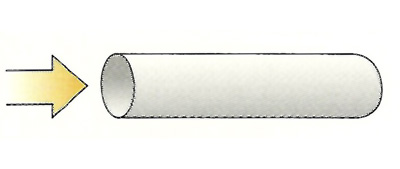
Action of wind instruments
Wind instruments can be divided into two categories: woodwinds and brass. However, it is the form of sound production that determines its classification and not building material of the instrument.
Woodwinds
This category comprises mechanical reed instruments (single or double) and air reeds (a jet of air strikes an orifice, as in transverse flutes, or on a head containing a flute block, as in the recorder).
This category includes all wind instruments whose sound is produced by adapting the player's lips to a mouthpiece, as in the various flutes, or on a single or double reed, as in the clarinet and oboe. Initially the instruments of this family were usually made of wood, but over time, they were constructed in other materials, such as metal and plastic. Even so, they were part of the wood family (traditionally, the term was kept).
Brass instruments
This category includes wind instruments that produce sound by directly vibrating the performer's lips over a metal mouthpiece. They are usually made of metal, especially brass, and have a very powerful sound. There are instruments and mouthpieces from this group made of resin and other materials, which produce sounds similar to those of metal. The most important representatives of this group are the French horn, the trumpet, the trombone and the tuba. All of them are part of the orchestra and also of military bands.
The ancient instruments of this group had fixed lengths. Over time, additional holes, keys, pistons and tubes were added, which allow the variation of the acoustic length of the instruments.

